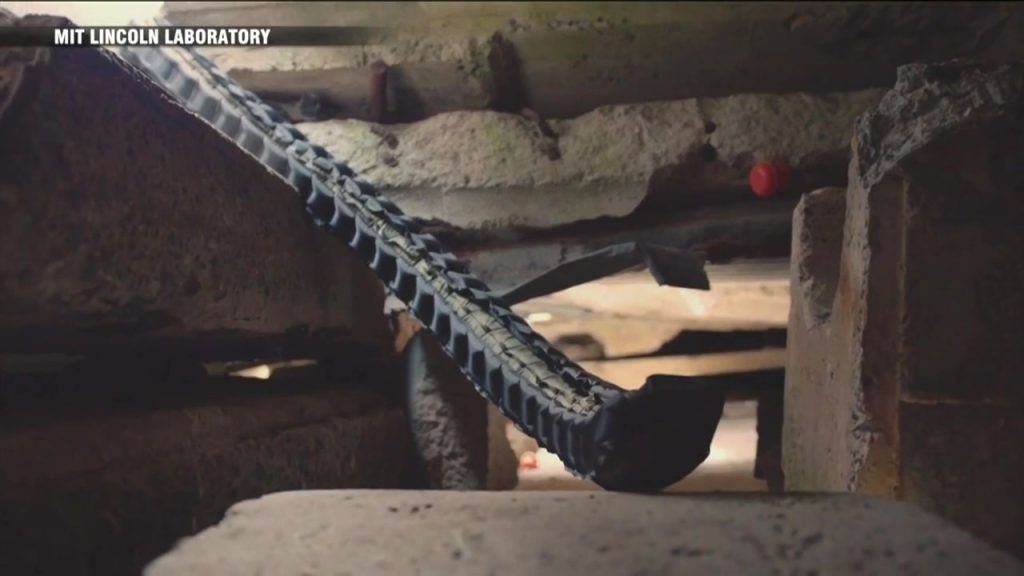CAMBRIDGE, MASS. (WHDH) – A new robot created by a team of researchers at Massachusetts Institute of Technology (MIT) and the University of Notre Dame could save lives.
The robot operates with a soft, air-inflated tube that unfolds into small spaces. It can maneuver around sharp corners in disaster zones. The researchers call it a “vine robot.”
“It moves, not like a snake or a wire that you would push from the base, but it moves by extending from the tip,” said developer Margaret Coad. “Much like a natural vine plant.”
The so-named “SPROUT” is an acronym for “Soft Pathfinding Robotic Observation Unit.”
It’s one of a handful of other notable Boston-based rescue robots, such as Boston Dynamic’s “Spot” and “Atlas.”
SPROUT has a built-in camera and motion sensor, giving rescuers access to what lies beneath the rubble as they investigate from above.
Developers say the machine is an affordable, easy-to-use tool that is more effective than current disaster response tech.
They say their goal is to use it to scope out a site, before sending rescue teams in to save survivors.
“Current robotic technology, that’s used at rescue sites after a collapsed building, has been limited to mostly drones that fly over a rubble site and get a view from the top,” said Coad. “A lot of applications where there are really tortuous paths that are too difficult for a person to reach are really perfect for this type of robot.”
(Copyright (c) 2024 Sunbeam Television. All Rights Reserved. This material may not be published, broadcast, rewritten, or redistributed.)

